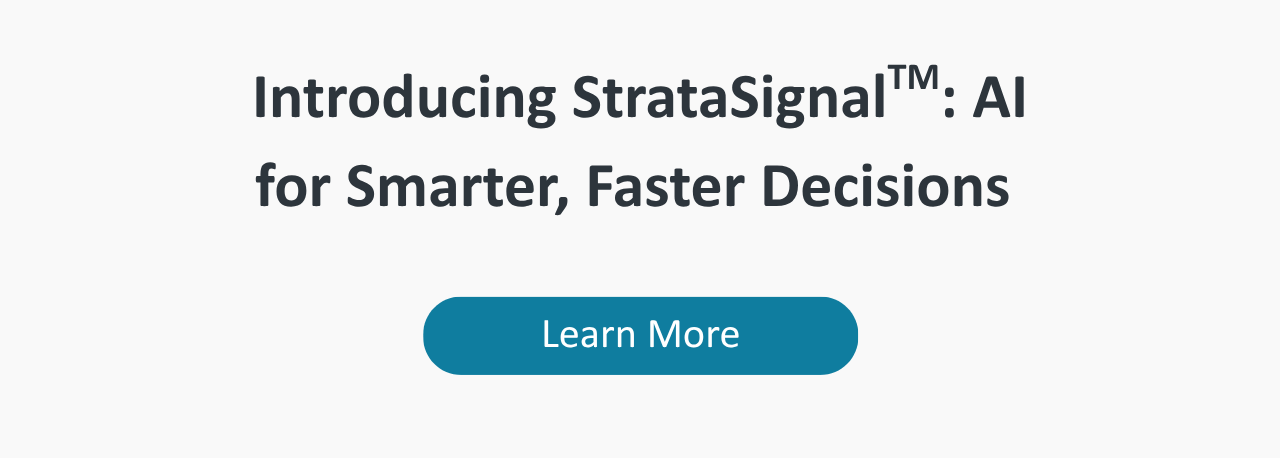January 9, 2020
When negotiating with payers, health systems are challenged at estimating how much a proposed contract will cost them – or whether they’ll actually make a profit. This is especially true of smaller health systems that cannot afford large teams of analysts to crunch the numbers.
Payers, on the other hand, have large teams of analysts that are very good at producing these estimates. Some payers may even take advantage of the imbalance in capabilities to write contracts that favor them while getting as much as they can out of providers. In a worst-case scenario, providers actually lose money on contracts.
THE PROBLEM
Owensboro Health, a two-hospital health system based in Owensboro, Kentucky, like all U.S. health systems, is confronted by constantly evolving reimbursement methodologies. Recent payment models, like bundled payments and ACOs, along with more complex contracts and the general uncertainty about future changes, have Owensboro Health rethinking its strategies for maintaining financial sustainability.
“When it comes to negotiating new contracts with payers, the sheer pace of change has providers at a disadvantage,” said John Hackbarth, system executive vice president of finance and CFO at Owensboro Health. “Inadequate reimbursement has serious consequences for the bottom line. So we work hard to predict the financial outcome of a payer’s contract terms before signing on the dotted line, which means determining at what point services will be profitable, or if there will be a profit.”
Early in 2019, the health system’s biggest commercial payer presented it with a new contract that it said would net Owensboro Health $12 million a year. In the past, this would have launched the health system’s managed care team into several months of data crunching using manual methods such as spreadsheets and traditional financial management software.
“Based on our analysis, we would have proposed changes to the contract that we thought were more favorable, and the payer would have come back with a counter offer,” Hackbarth explained. “It would then have taken us a week or more to analyze the value of their counter offer and we would go back and forth like that several times over a number of months before settling on terms, never being entirely certain that our analyses were correct.”
This time around, Owensboro Health knew that, to remain financially viable, it would have to find a better way to understand both what its services were costing the health system and what those services were earning. The health system decided to take the opportunity to test the effectiveness of a new contract-modeling module of its cost accounting platform from Strata Decision Technology, a vendor of cost accounting software, financial analytics, benchmarking and other technologies.
PROPOSAL
Traditionally, contract modeling has been used to gauge the performance of contracts to detect underpayments and drive collections. But today’s reimbursement environment demands a more sophisticated analysis.
“The Strata system is designed to analyze the potential scenarios of reimbursements to understand financial outcomes,” Hackbarth explained. “It is supposed to analyze the impact that factors like rate changes, pricing and payer mix shifts have on margins, not just net revenue alone.”
It allows consideration of questions like, What happens to reimbursement as a higher percentage of the patient population ages into Medicare? What happens if a payer changes reimbursement from a percent of charge to a per diem or case rate or a percentage of Medicare? What will the impact be if a health system opts into a bundled payment program?
“Without this pertinent information, we would be entering negotiations blind, unable to negotiate effectively,” Hackbarth said. “It is critical that we have our information modeled on their assumptions. We then in essence have the real numbers, not just a cut-down version of what they promise the numbers will look like. Additionally, it is a full period’s results with actual experience compared to what the same book of business would net on a new contract.”
MEETING THE CHALLENGE
After implementing the contract-modeling module in late 2018, Owensboro Health was able to use the technology’s what-if modeling function as the health system began contract negotiations with its largest commercial payer.
“We partnered with our managed care team to go back and forth with this payer over a series of months,” Hackbarth said. “The analytics system let us turn each party’s counter offer into an actionable report within a day of it being received – an unheard of concept before we had the contract analytics tool. Previously, counter offers took weeks to analyze, and those analyses never gave the managed care team the level of confidence in accuracy that we have been able to achieve with the contract-modeling module.”
RESULTS
Rather than requiring several days of work to determine the impact of various proposed contractual terms, the technology boils that process down to just a few hours.
“And its modeling is far more accurate than previous methods,” Hackbarth stated. “In fact, using the contract analytics we were able to identify that the proposed contract, rather than netting Owensboro Health $12 million, would actually result in a $12 million loss. We were then able to use the tool to identify the areas being misrepresented and to generate a counter proposal that would truly be net neutral for our organization.”
Previously, the health system would have had no available resources to identify this and would have had to rely on gut feelings and high-level analysis, he added.
ADVICE FOR OTHERS
“Validate that the system under consideration can fully accommodate an entire period of claims, both inpatient and outpatient,” Hackbarth advised. “Also test the model to make sure the existing claims, when run through the model in the current reimbursement methodology, net down to the same or reasonably same number as actually occurred.”
Then change the model to the suggested new terms and conditions and rerun the same period of claims – this reveals the reasonableness of the proposed contract change, he added.

